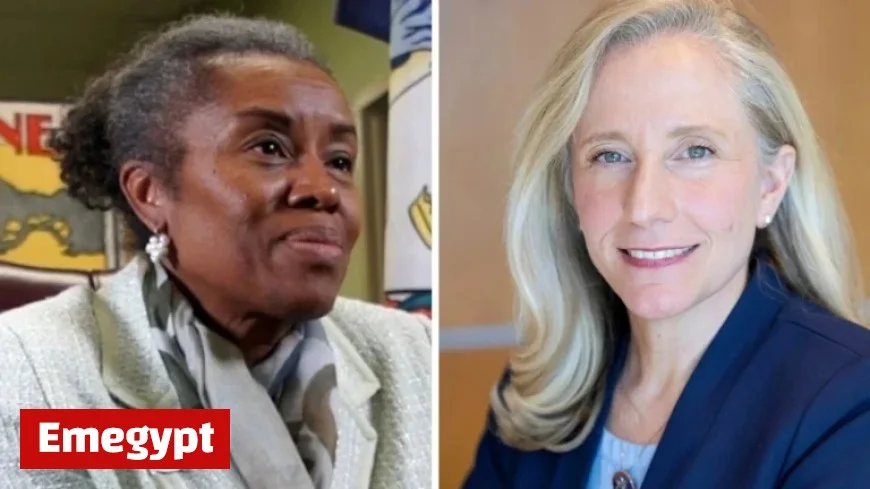Virginia Governor’s Race to Test Trump, Democrats, and Make History

Virginia is gearing up for a pivotal gubernatorial election that could redefine political dynamics in the state. Voters are set to cast their ballots in a race that marks the first significant general election since Donald Trump reassumed the presidency and introduced sweeping executive measures.
Key Candidates and Historical Significance
The candidates are Winsome Earle-Sears, the Republican lieutenant governor, and Abigail Spanberger, the Democratic former congresswoman. Both women are vying to become the first female governor of Virginia.
Earle-Sears, if elected, would also be the first Black woman to serve as governor in any U.S. state. Her campaign reflects a conservative approach aligned with Trump’s policies, although she has had a complicated relationship with the former president.
Spanberger, on the other hand, has positioned herself as a center-left candidate who could resonate with a diverse electorate. Her experience as a CIA officer and her role in securing a House majority for Democrats during Trump’s initial term bolster her credentials.
National Implications of the Election
This election is not just about Virginia; it has broader implications for both parties as they gear up for midterm elections next year. Virginia, a state that has leaned Democratic in recent years, is considered a crucial battleground.
Republicans view this race as a chance to validate a conservative candidate’s appeal in a state that has voted against Trump in three consecutive presidential elections. For Democrats, Spanberger’s potential victory would signal that their strategy of appealing to moderate voters can succeed again.
Campaign Strategies and Economic Concerns
- Spanberger has focused her campaign on rising living costs and the repercussions of Trump’s domestic policies.
- Earle-Sears has emphasized cultural issues and aims to tap into Trump’s base without overtly invoking his name.
Both candidates have faced criticisms and strategic challenges during their campaigns. Spanberger has worked to connect voter concerns to her opponent’s ties with Trump, while Earle-Sears has sought to present herself as a strong alternative to Spanberger’s progressive affiliations.
Conclusion
As Virginia voters head to the polls, the stakes are high for both parties. This race could serve as a crucial indicator of national sentiment heading into the midterm elections and reshape the political landscape in Virginia and beyond.




























